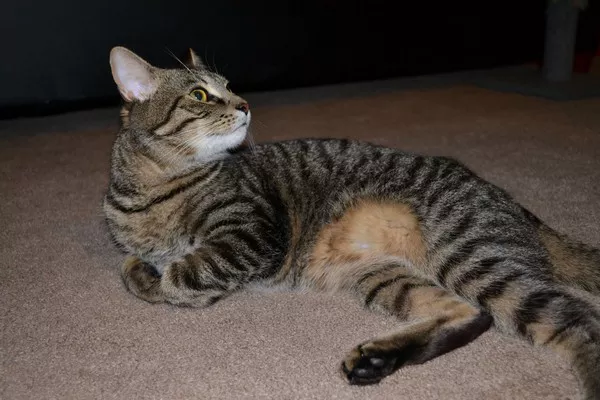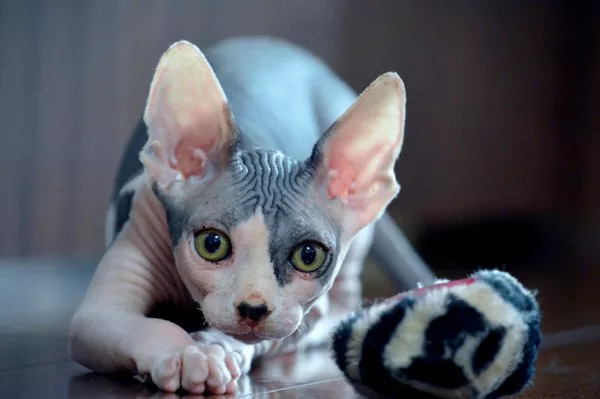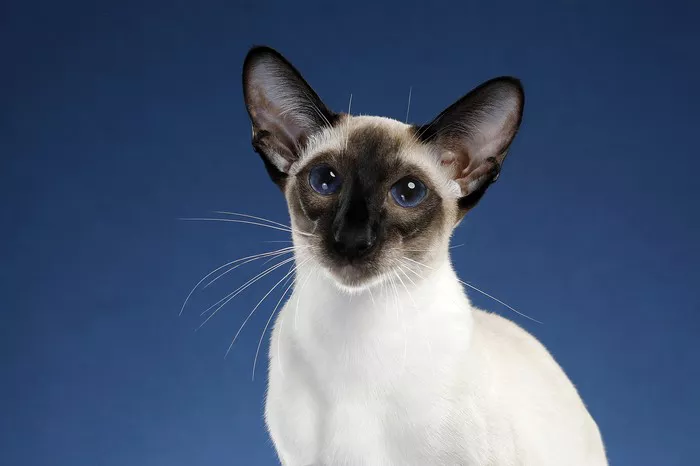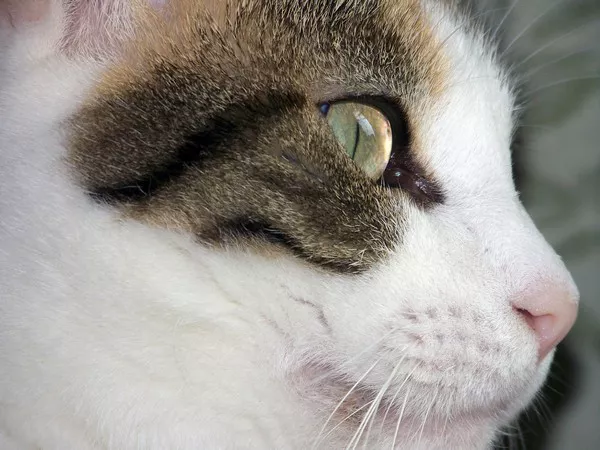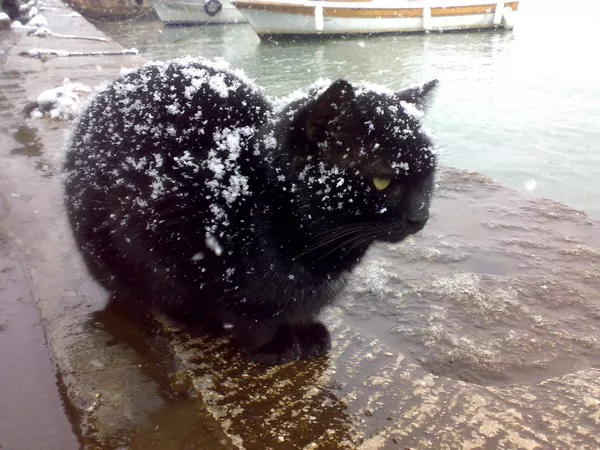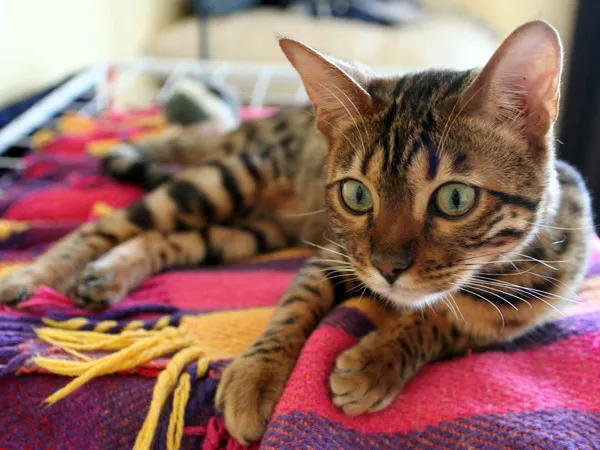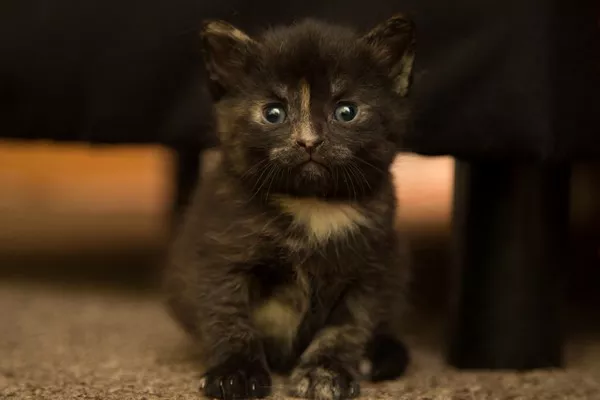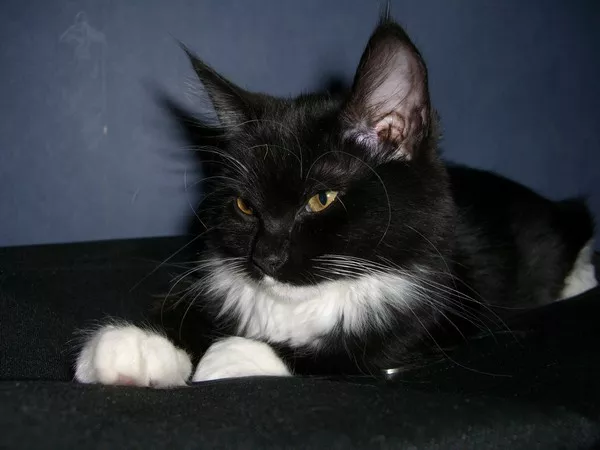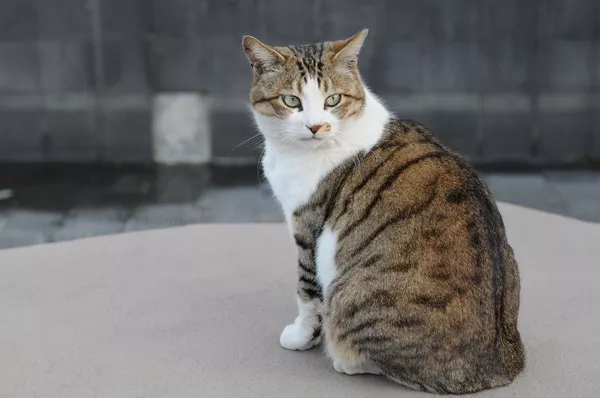Cats have captivated humans for centuries with their grace, beauty, and unique characteristics. Within the world of domestic felines, two breeds that often catch the eye are the Egyptian Mau and Bengal. While both breeds possess stunning appearances and captivating personalities, they are distinct from each other in several ways. In this comprehensive article, we will delve into the differences between the Egyptian Mau and Bengal cats, exploring their origins, physical attributes, temperaments, and more. By understanding these disparities, prospective cat owners can make informed decisions when choosing a feline companion that suits their lifestyle and preferences.
Origins and History
The Egyptian Mau and Bengal breeds each carry a rich history that contributes to their distinctive traits:
Egyptian Mau:
1. Ancient Roots: The Egyptian Mau is believed to have descended from ancient Egyptian cats worshipped by pharaohs. Their ancestors were revered as sacred animals and held a special place in Egyptian society.
2. Modern Development: The breed was reintroduced in the mid-20th century when an exiled Russian princess named Nathalie Troubetskoy brought several cats from Italy to the United States. Through careful breeding, the Egyptian Mau developed into the breed we know today.
Bengal:
1. Asian Leopard Ancestry: The Bengal breed traces its roots back to the Asian leopard cat (Prionailurus bengalensis). The goal of breeding Bengal cats was to create a domestic feline that exhibits the striking appearance of a wild leopard.
2. Foundation Cats: In the 1960s, an American breeder named Jean Mill crossed the Asian leopard cat with domestic shorthair cats to produce hybrids. These hybrids were further bred selectively to establish the Bengal breed.
Physical Characteristics
Both the Egyptian Mau and Bengal cats possess captivating appearances, but they differ in several physical attributes:
Egyptian Mau:
1. Elegant Structure: The Egyptian Mau is a medium-sized cat with a muscular build and a graceful, lithe body.
2. Distinctive Coat: Their coat is short, dense, and lustrous, with a spotted or marbled pattern. The most common color is silver, although they can also come in bronze or smoke.
3. Striking Eyes: Maus have large, almond-shaped eyes that are typically green, gooseberry green, or amber.
Bengal:
1. Athletic Build: Bengals are muscular and agile cats with a medium to large frame, resembling their wild ancestors.
2. Unique Coat Patterns: Bengals have a luxurious, silky coat with two main patterns: spots and marbles. These patterns can be found in various colors, including brown, silver, snow, and charcoal.
3. Glitter Effect: A distinctive feature of Bengal cats is their “glittering” coat, which gives the impression of being dusted with gold or pearl-like particles.
4. Rosettes and Spots: Bengals often display rosettes (doughnut-shaped spots) or spots that give them a leopard-like appearance.
Temperament and Personality
Understanding the temperamental traits of the Egyptian Mau and Bengal breeds is crucial for potential owners:
Egyptian Mau:
1. Intelligent and Active: Maus are highly intelligent cats known for their playful and active nature. They enjoy interactive games, puzzle toys, and challenges that engage their minds.
2. Devoted and Loyal: Despite their independent streak, Egyptian Maus form strong bonds with their human companions and are known to be loyal and affectionate.
Bengal:
1. Energetic and Curious: Bengals have an abundance of energy and curiosity. They thrive in environments that provide ample opportunities for mental and physical stimulation, such as interactive toys and climbing structures.
2. Social and Vocal: Bengals are generally sociable cats that enjoy the company of their owners. They are known to communicate through various vocalizations, including trills, chirps, and purrs.
Maintenance and Care
When it comes to caring for these breeds, there are some specific considerations:
Egyptian Mau:
1. Grooming: The Egyptian Mau’s short coat requires minimal grooming. Regular brushing helps remove loose hair and keeps the coat in good condition.
2. Play and Exercise: Due to their active nature, Maus benefit from daily play sessions and environmental enrichment. Providing scratching posts and interactive toys is essential to keep them mentally stimulated and physically fit.
Bengal:
1. Coat Maintenance: Bengal cats have a low-maintenance coat that requires weekly brushing to minimize shedding and maintain its luster.
2. Mental Stimulation: Bengals need plenty of mental stimulation and physical exercise to prevent boredom. Interactive playtime, puzzle toys, and vertical spaces for climbing can help fulfill their needs.
Conclusion:
In conclusion, while both Egyptian Maus and Bengals are captivating cat breeds with enchanting appearances, they possess distinct characteristics that differentiate them from one another. From their origins to their physical attributes, temperaments, and care requirements, these breeds offer unique qualities that cater to different preferences and lifestyles. Whether you prefer the elegance and history of the Egyptian Mau or the wild beauty and active nature of the Bengal, both breeds have much to offer as cherished companions in the world of feline enthusiasts.

